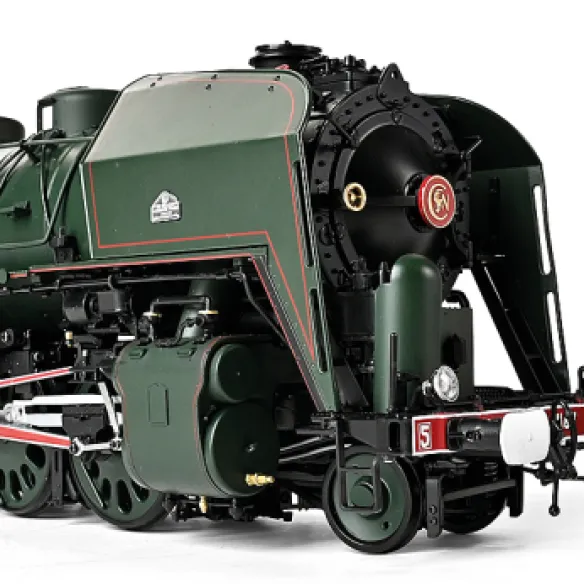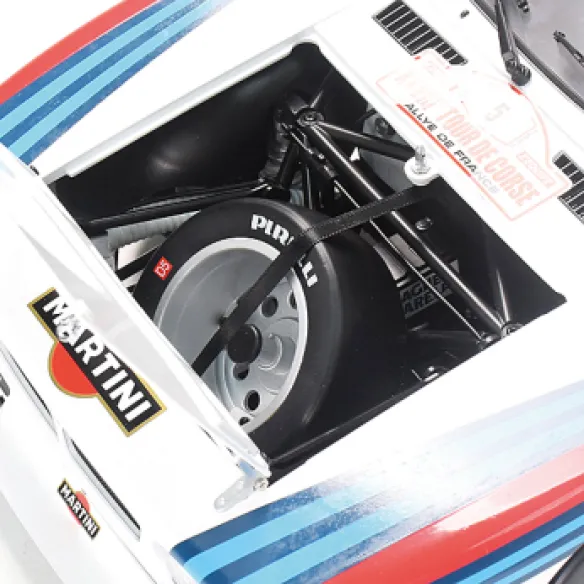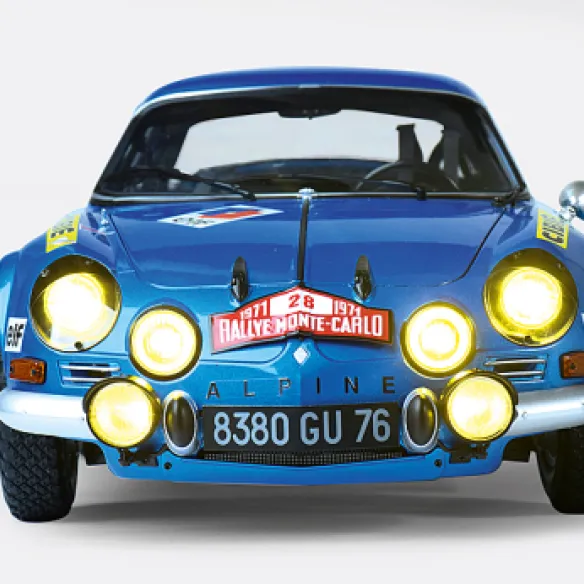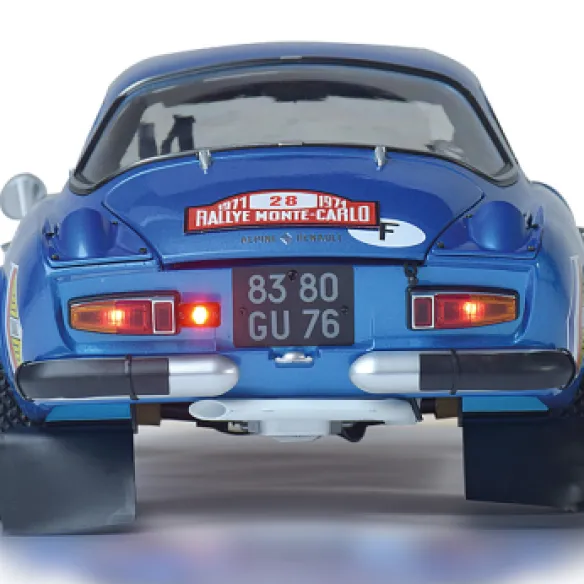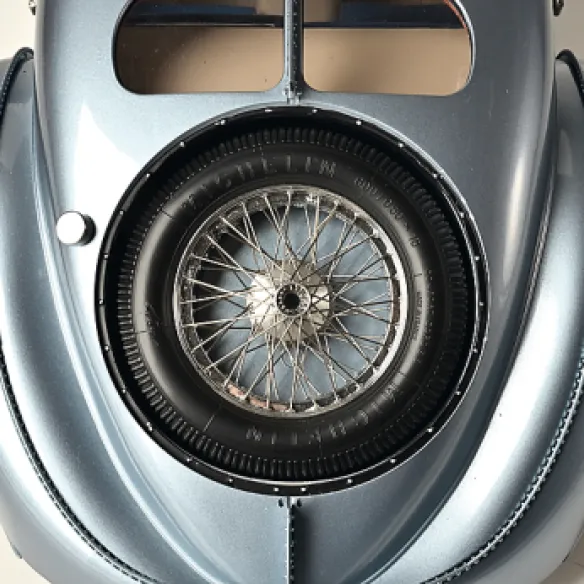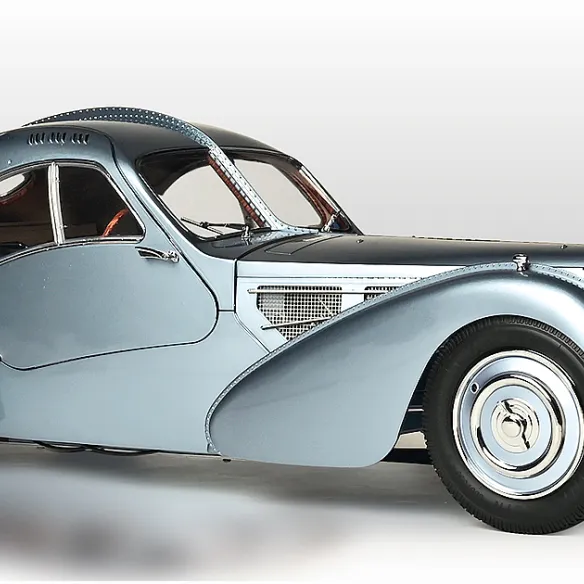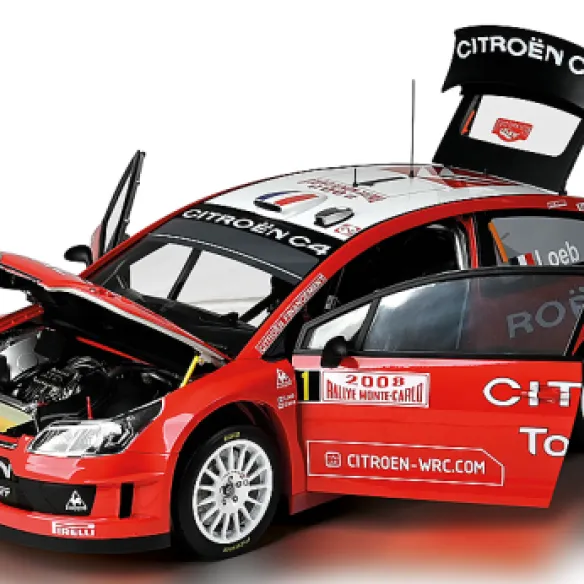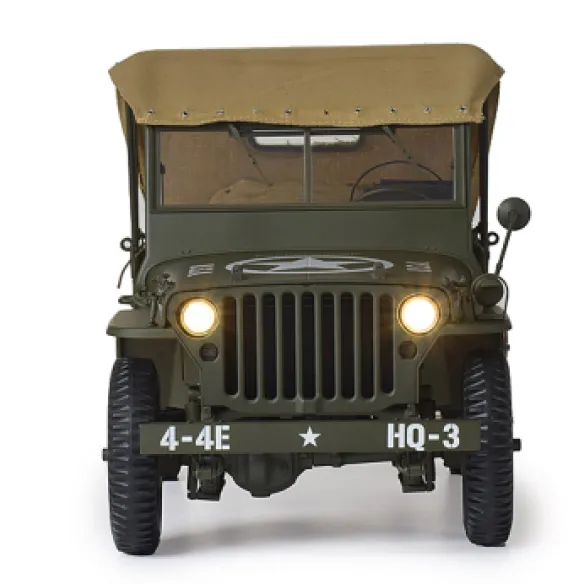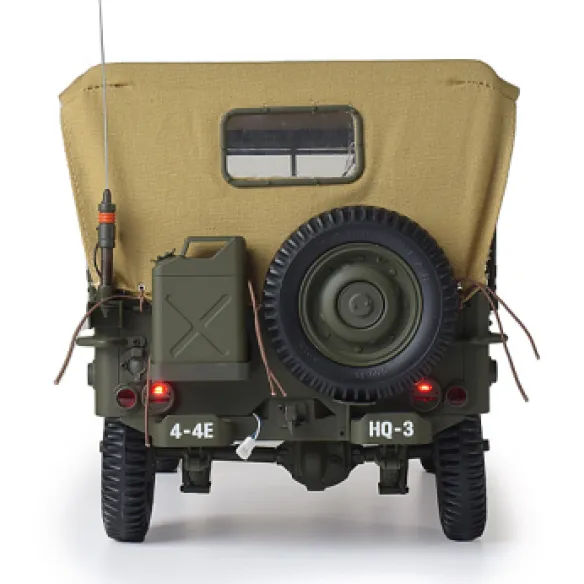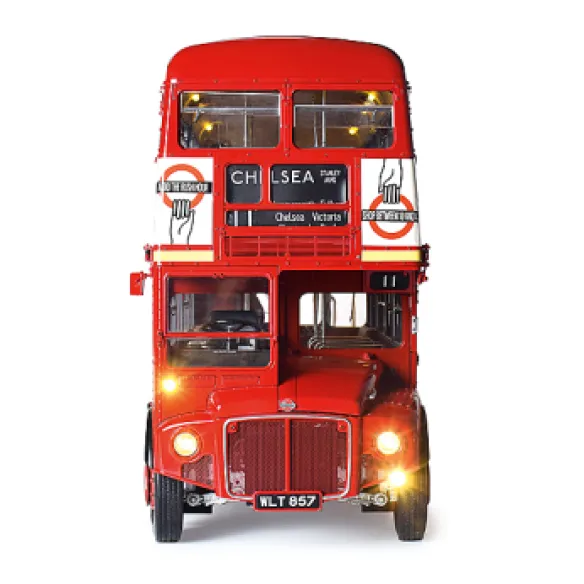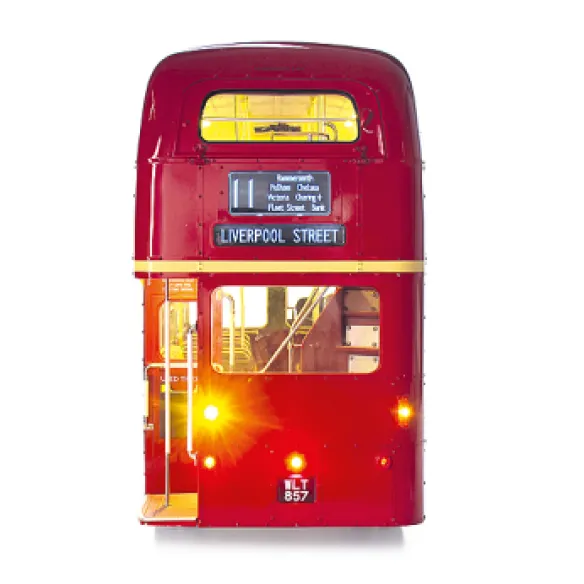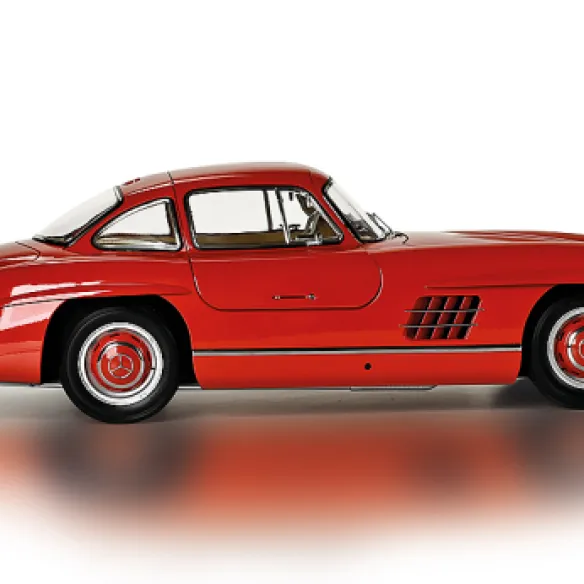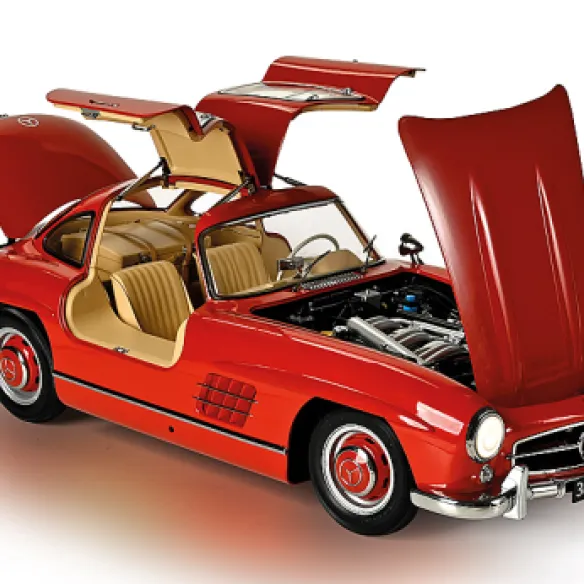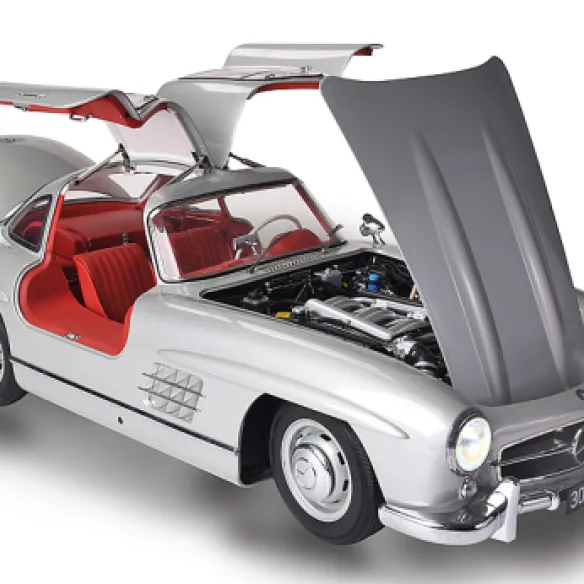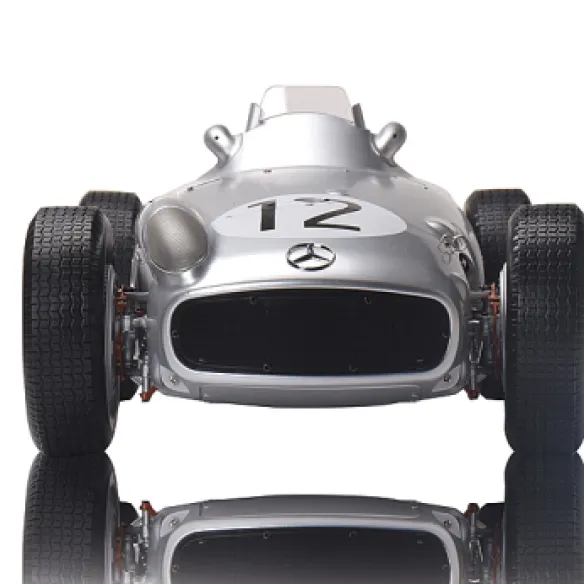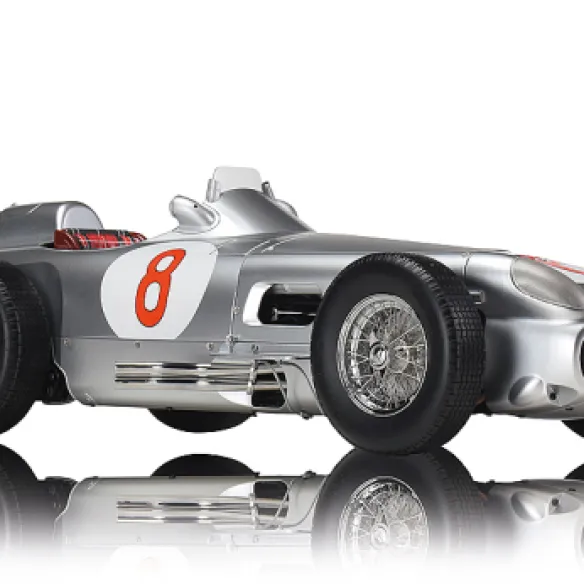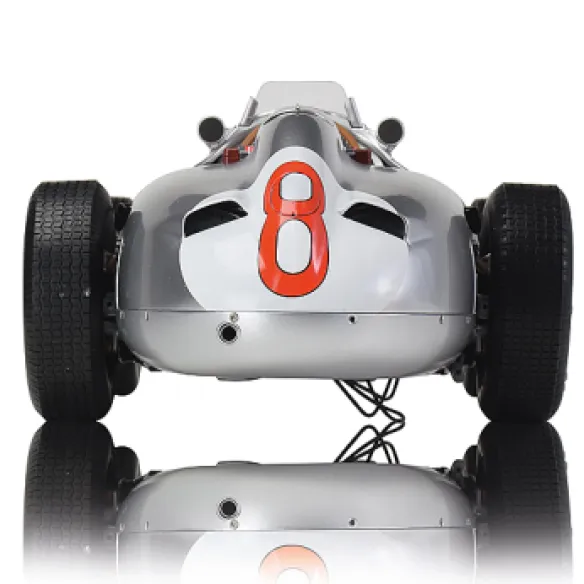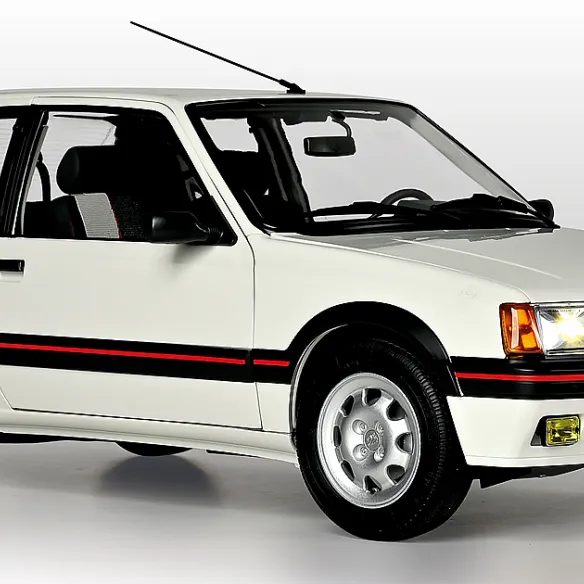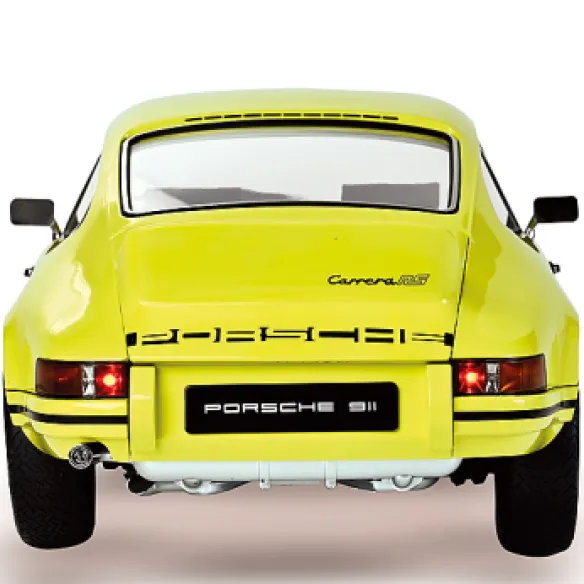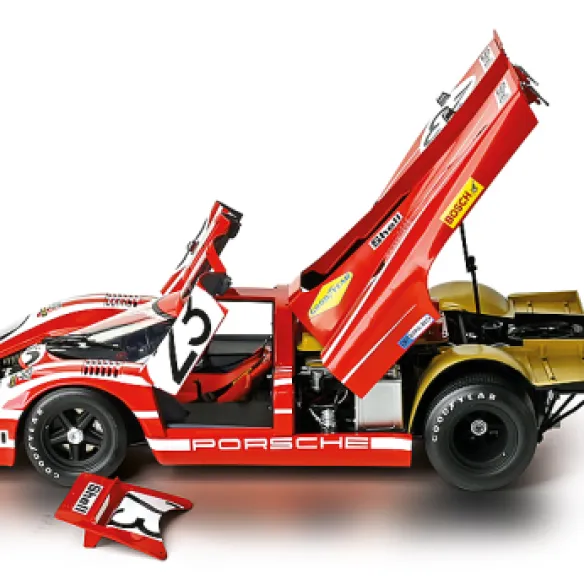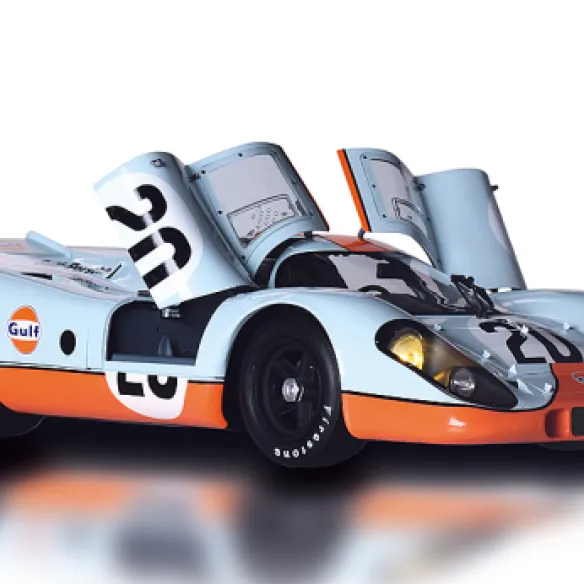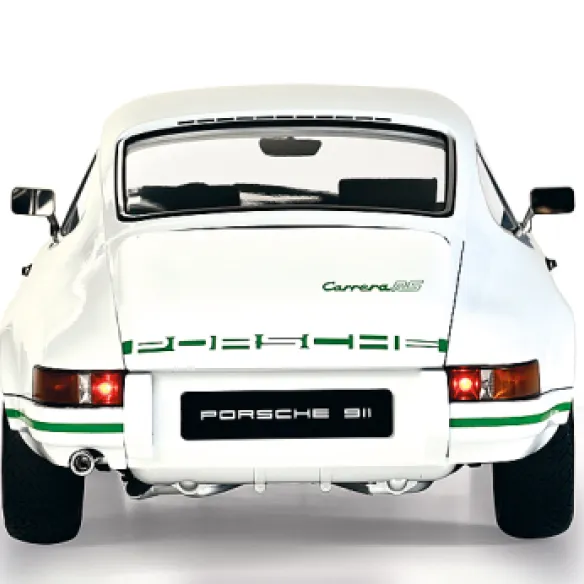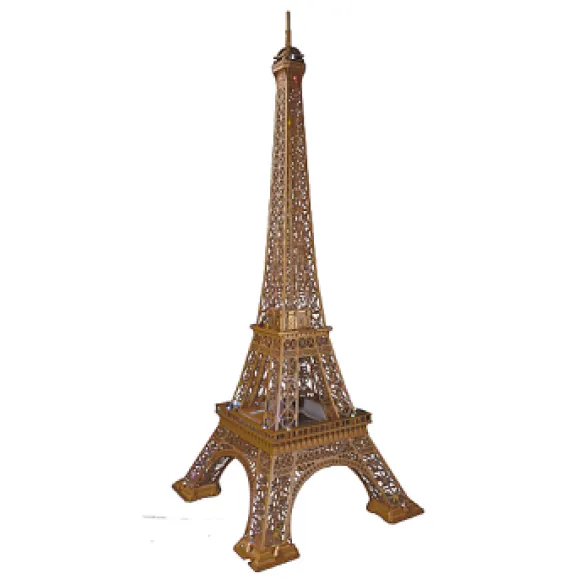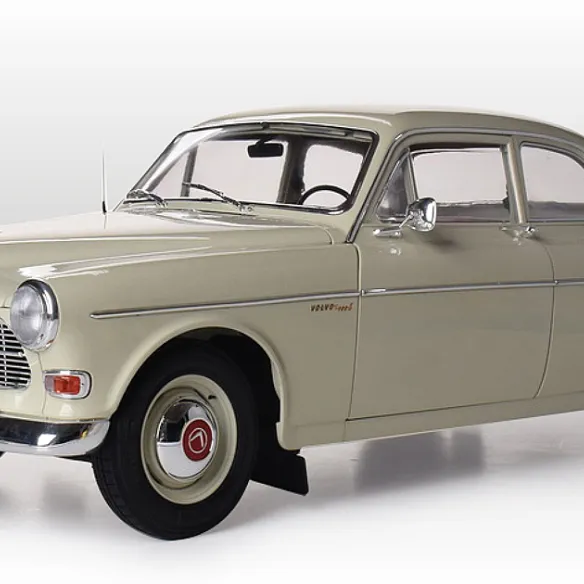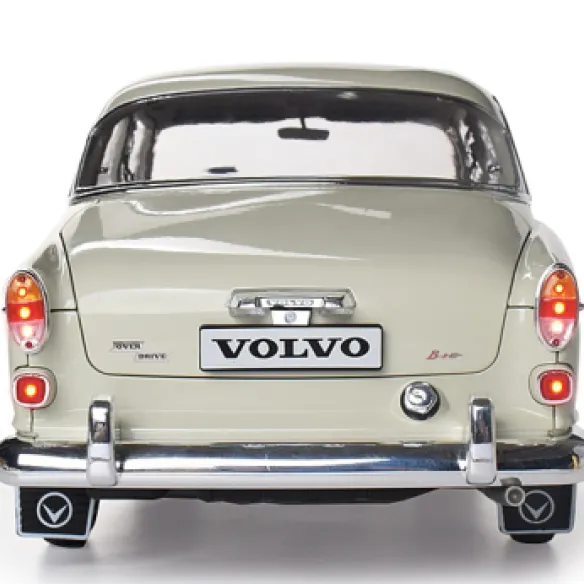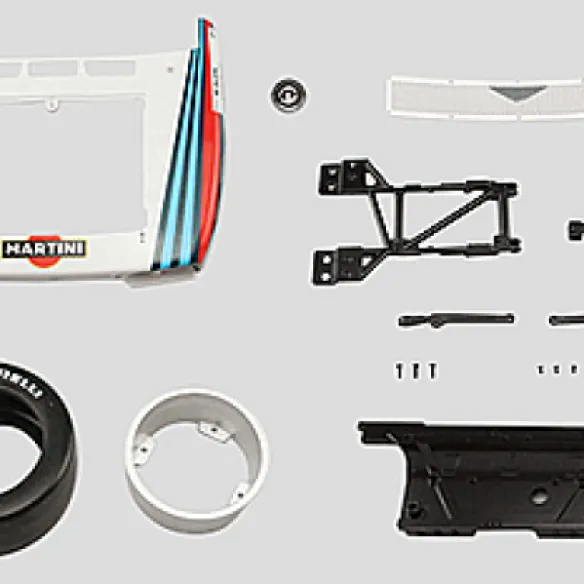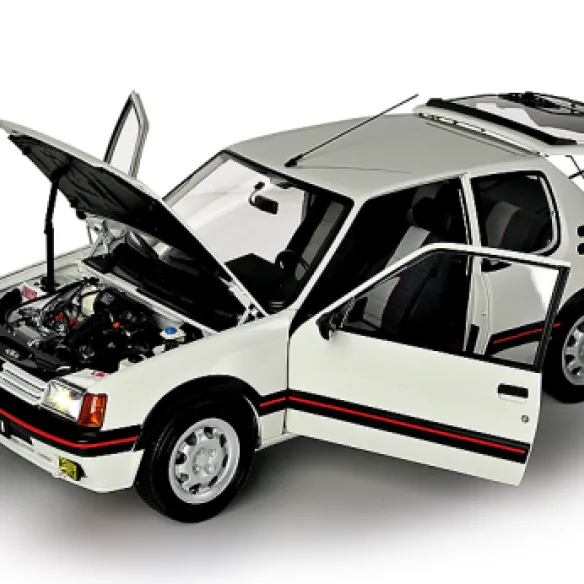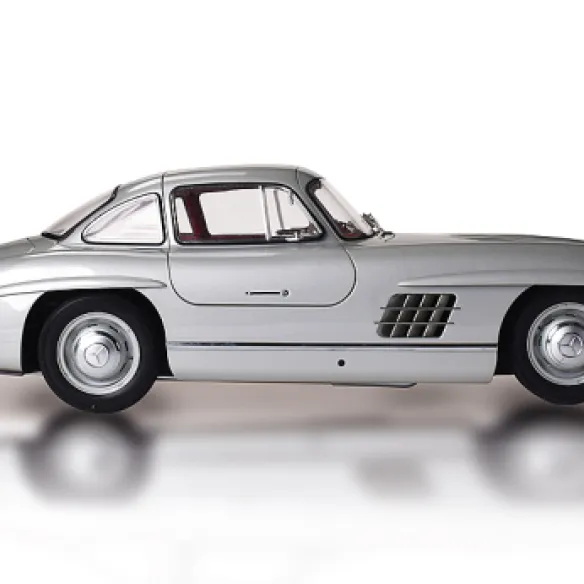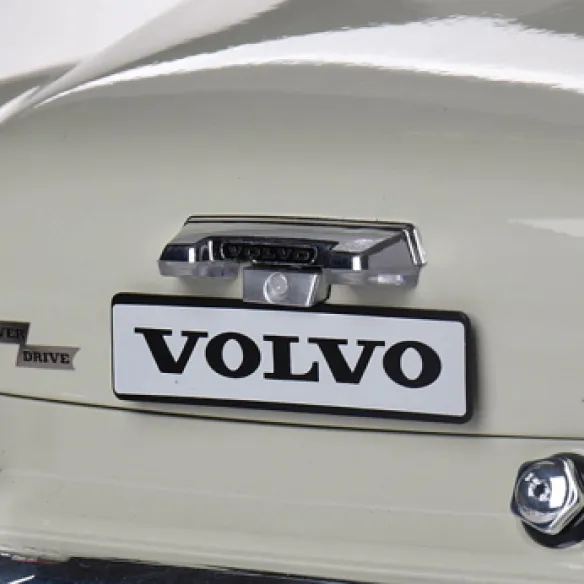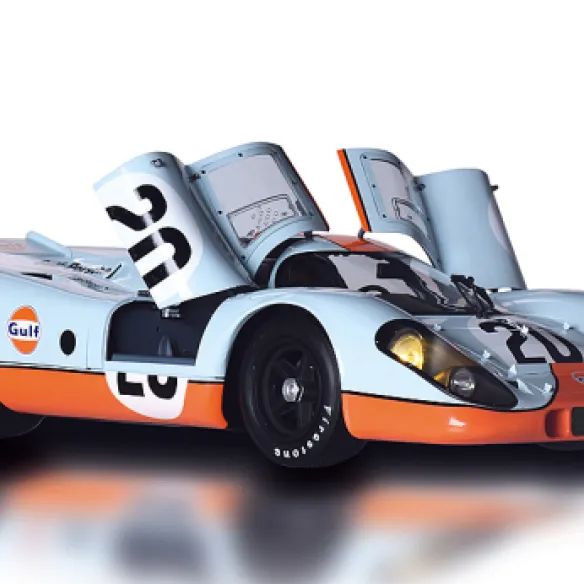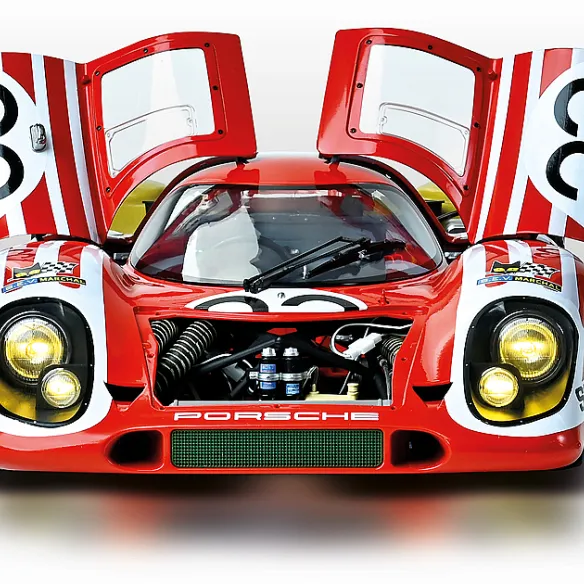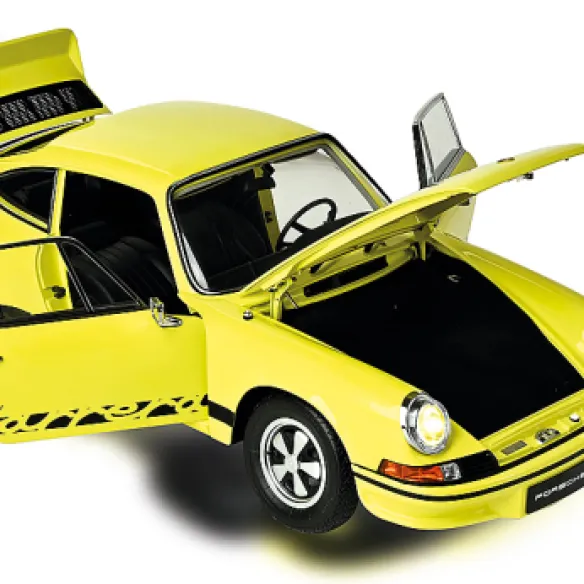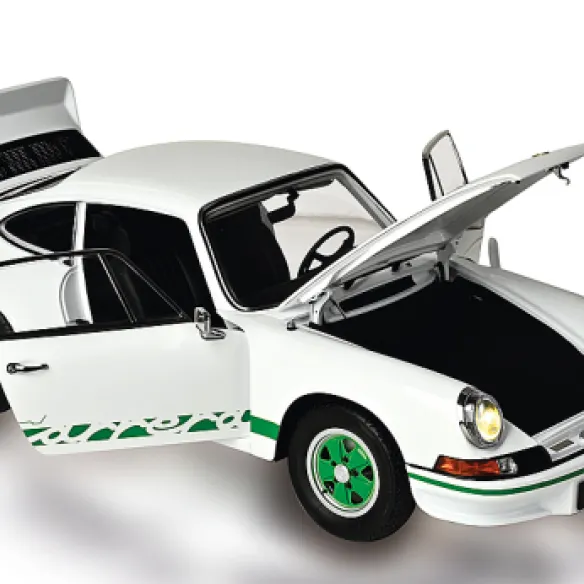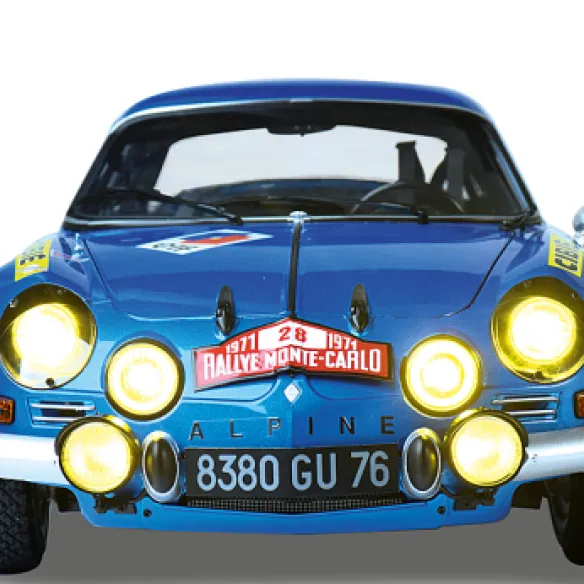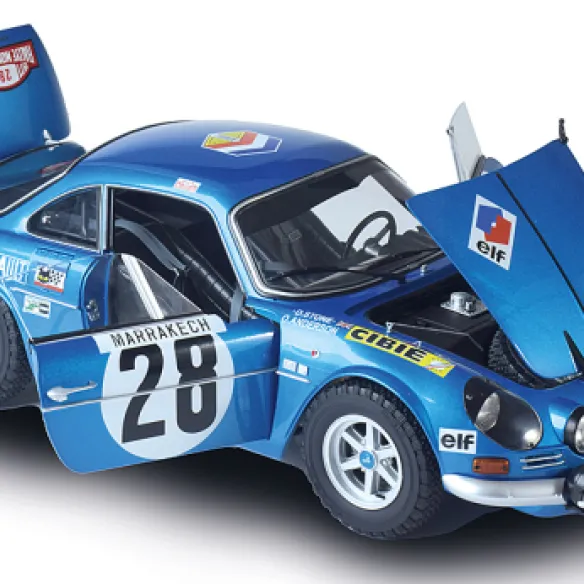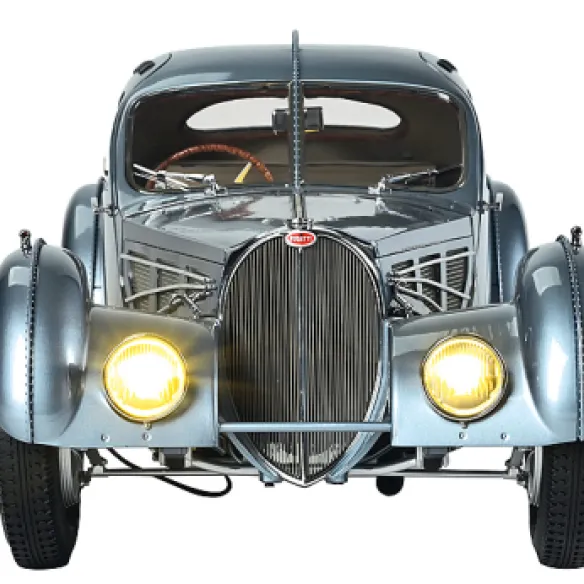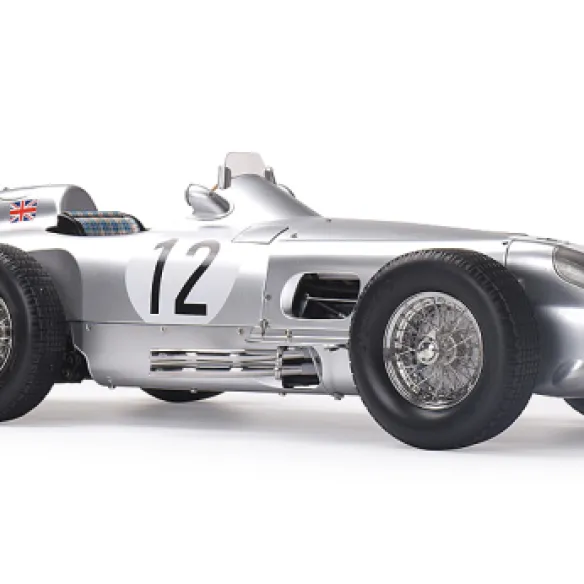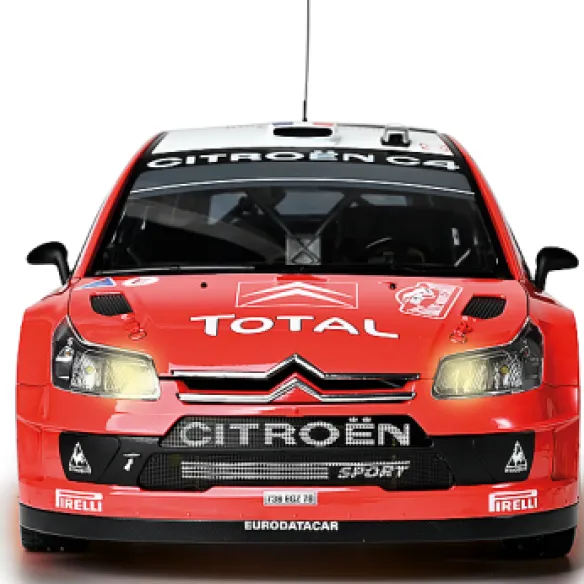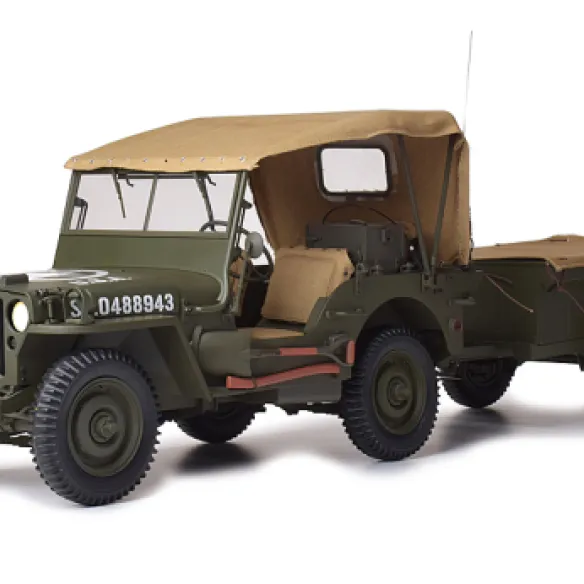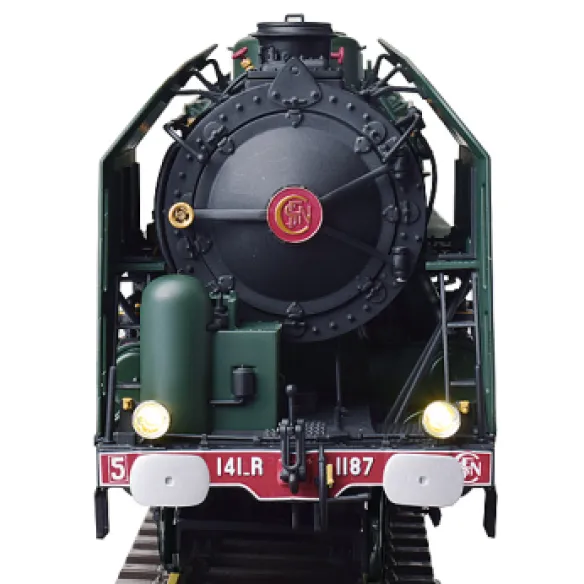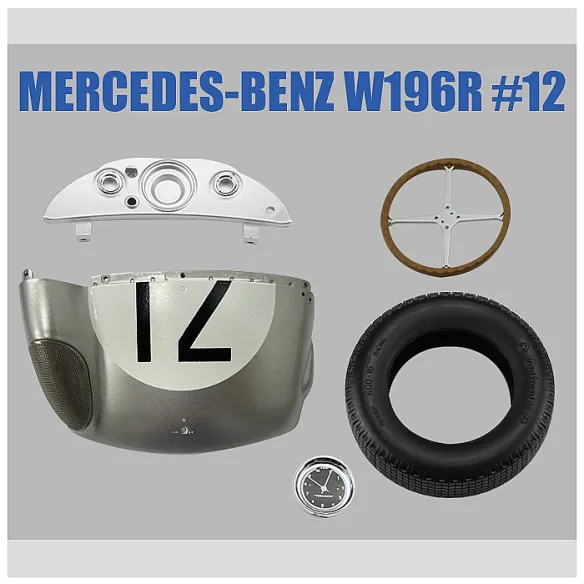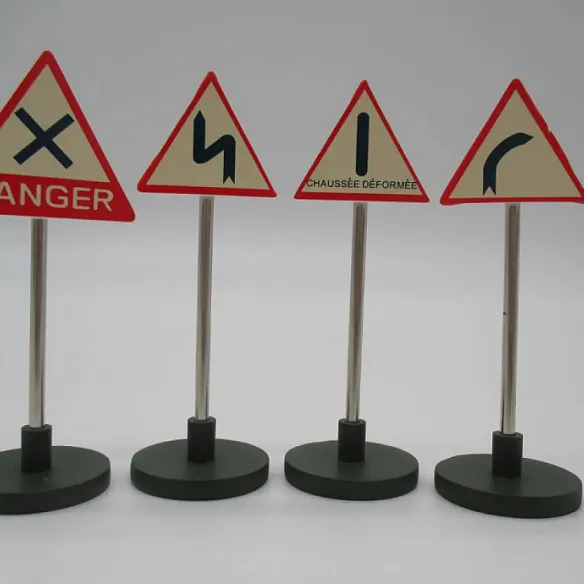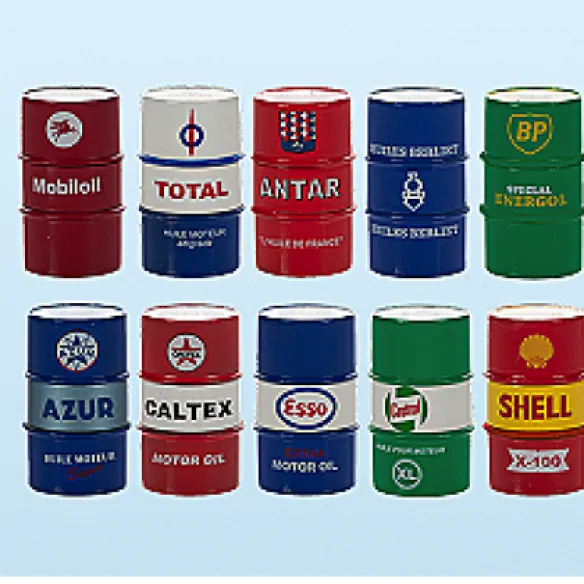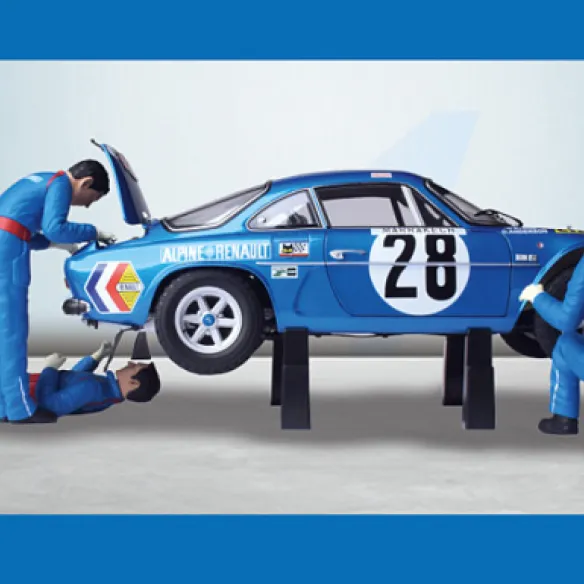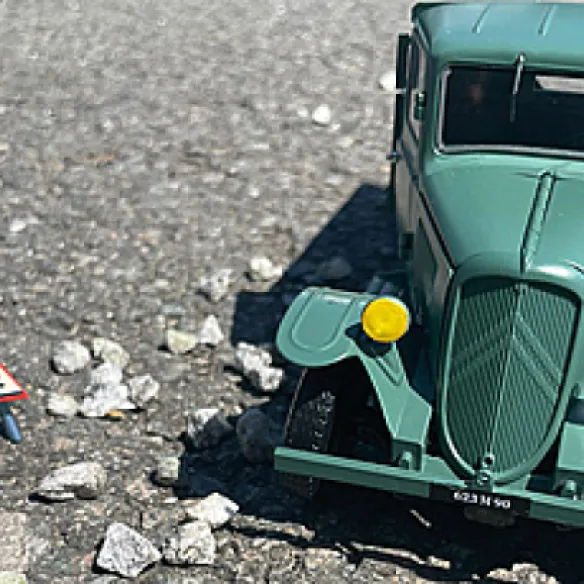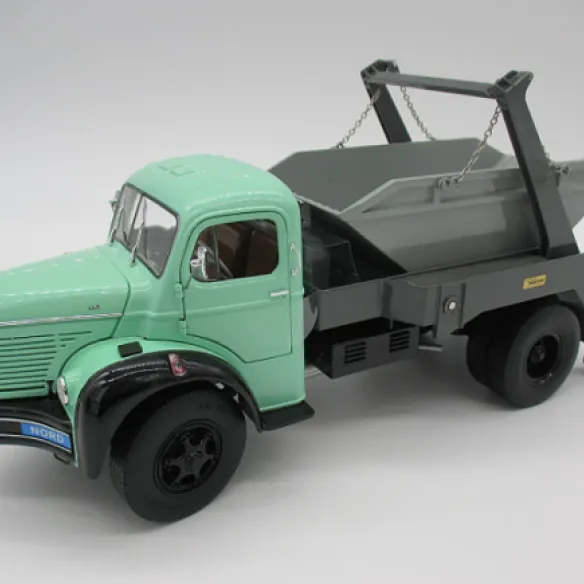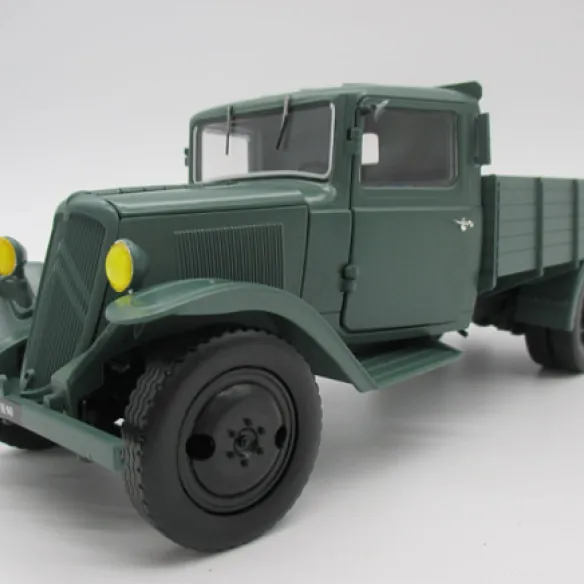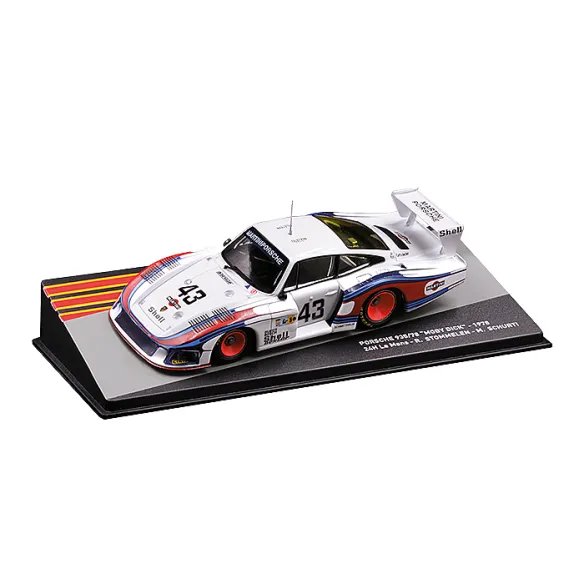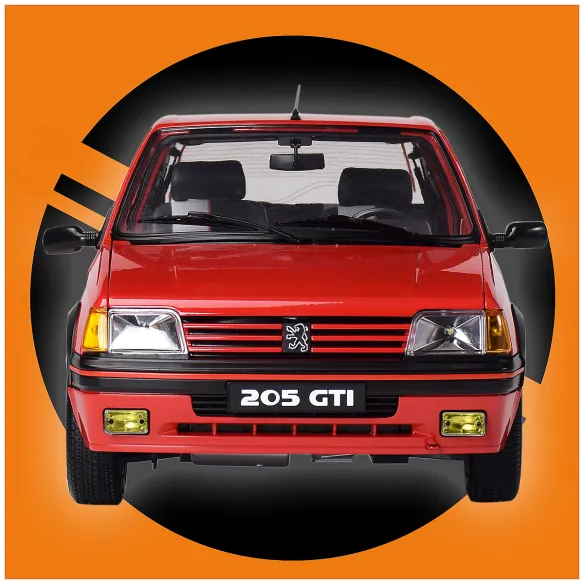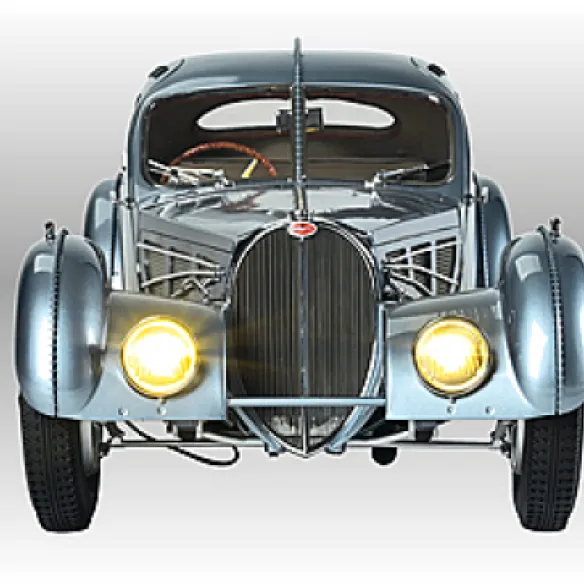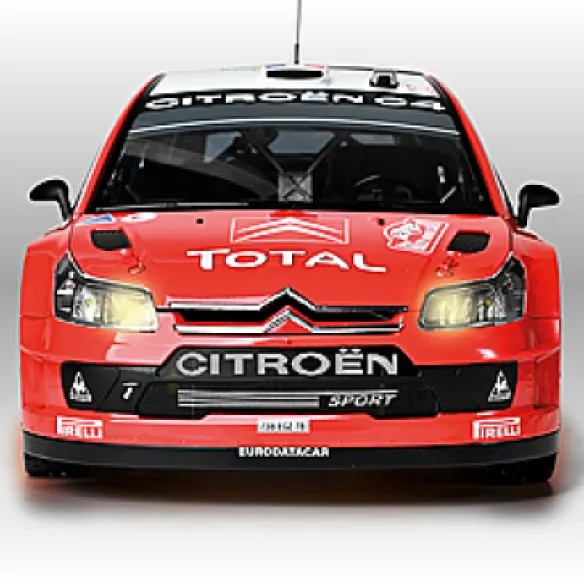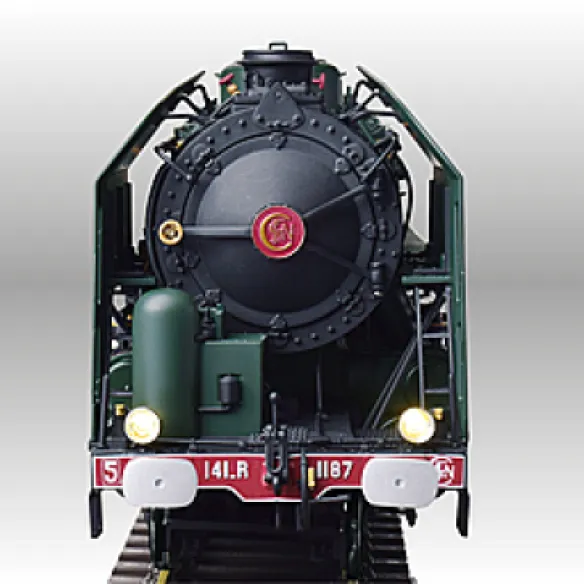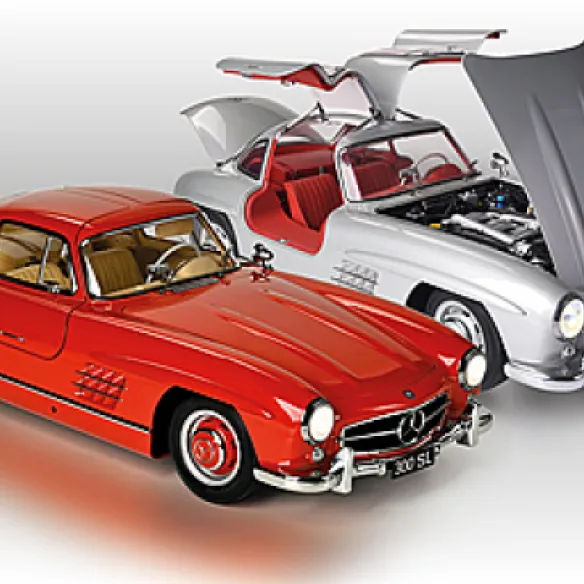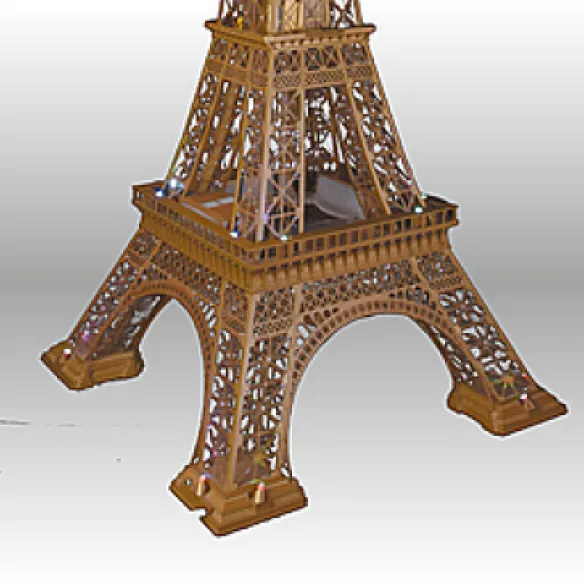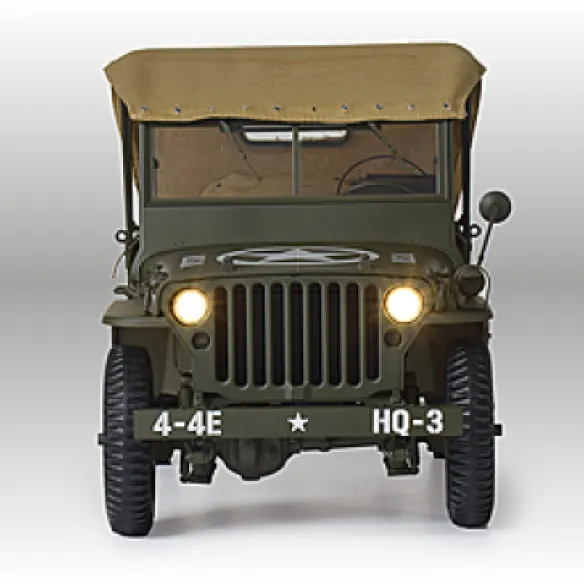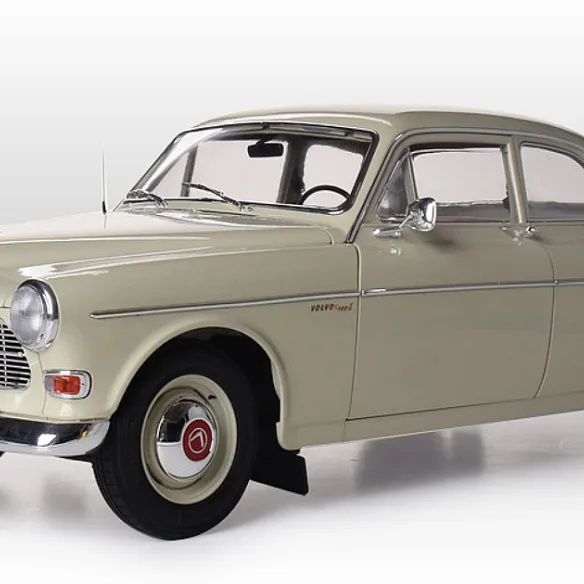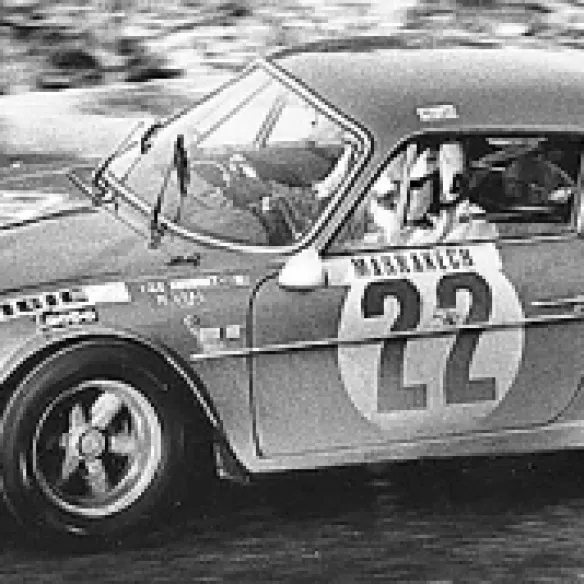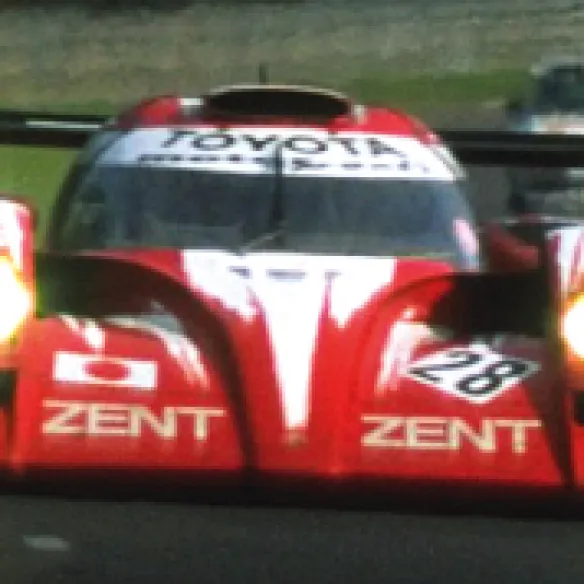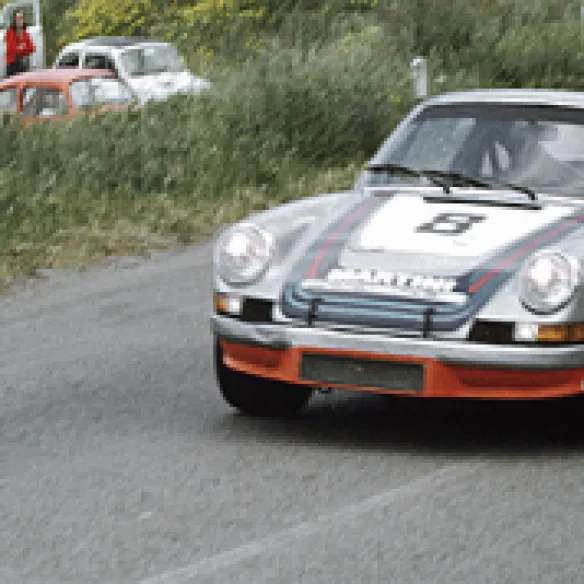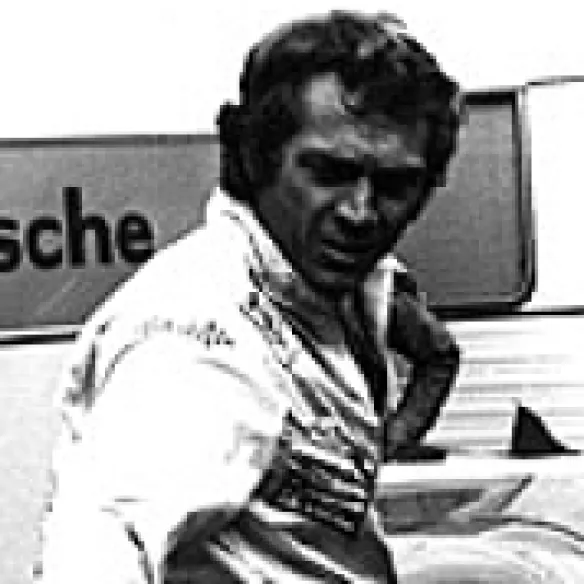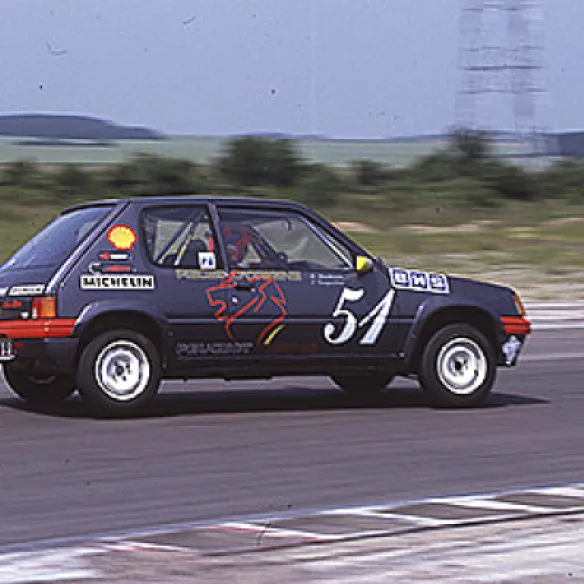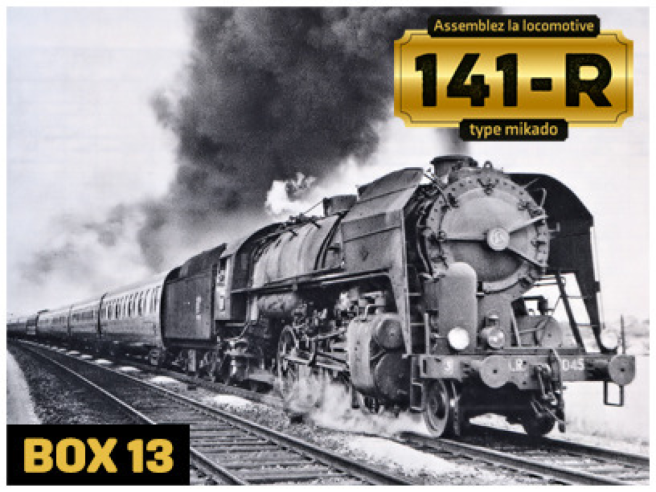
09/02/2024
The routes of the 141-R, a permanent feat
If we look at the annual journeys made by 141-Rs, we can see that they progressed between 1946 and 1973, with a very strong growth between 1948 and 1949, (...)
Read moreIf we look at the annual journeys made by 141-Rs, we can see that they progressed between 1946 and 1973, with a very strong growth between 1948 and 1949, and then stayed at their peak throughout the 1950s, before experiencing a slow and inevitable decline, leading to their disappearance in 1971.
Of all the different types of 141-R locomotive that circulated during this long and prolific period, it was undoubtedly the so-called ‘charbonnières’ that were the most popular on the French railways.
THE LENGTH OF THE ROUTES VARIED FROM DEPOT TO DEPOT
These locomotives from the first batch were mainly used on regular freight trains (RO) or, occasionally, express trains (RA). The so-called ‘Goudronneuses tar locomotives’, especially those of the second batch, were lucky enough to be assigned to a large number of passenger trains, particularly at the Dijon, Nice, Marseille, Nantes, Reims and Ambérieu depots. Monthly mileage ranged from around 2,100 km to around 6,800 km. Fuel-fired locomotives accounted for the highest total mileage per locomotive.Each 141-R of the 1 to 700 series covered more than 1,200,000 km in its lifetime, while all the fuel-fired locomotives together covered more than 1,500,000 km. The latest locomotives, numbers 1101 to 1340, have all exceeded 2,000,000 km! The 141-R-1158 from the Narbonne depot beat the all-time record with 2,464,677 km.
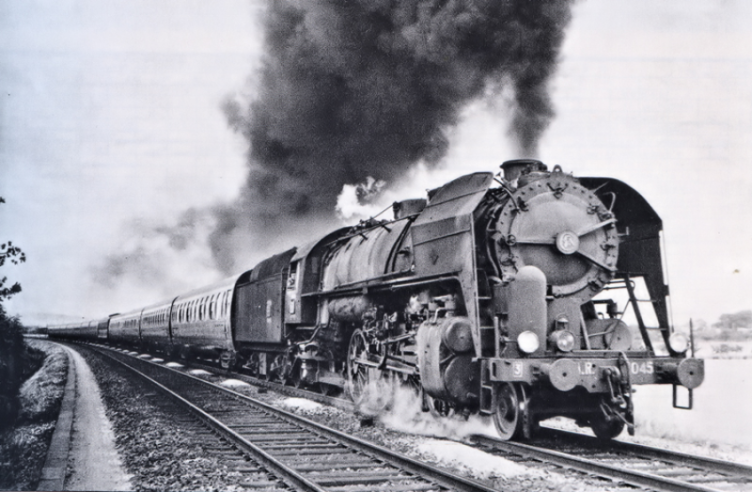
141-R-1045 at the head of a train made up of Streamlined State coaches. Aesthetically, the set is not very coherent. Specialist enthusiasts will note the presence of round buffers that differ from the original ones. © IXO Collections SAS - Tous droits réservés. Crédits photo © Document René Floquet.
THE BREAKDOWN OF ROUTES IN FRANCE
We know that the Massif Central was never able to operate 141-Rs, as were the Cévennes, Causses and Périgord lines, due to the presence of numerous poorly ventilated tunnels and extremely hot weather in summer, as well as the very strong presence of electric traction on the PO and Midi networks. Admittedly, there were many trials, particularly between Nîmes and La Bastide, but the temperatures reached in the driver's cab were unbearable. The 141-Rs had to give way to less powerful locomotives such as the 141-TA ex-PO, or the 14-E and 141-F ex-PLM. The Nord and Est regions used them for freight services from the Juvisy marshalling yard, and from Hazebrouck to Dunkirk. The West region used them for passenger services between Trappes and Le Mans, Paris and Chartres, Paris and Saumur. The South-West region used them on freight services between Vierzon-Châteauroux and Salbris, Montauban-Toulouse, Narbonne-Toulouse, Bordeaux-Coutras, Bayonne and Tours. The south-east region used them, particularly for freight, between Chagny and Origny or Chalon, Gevrey and Saint-Germain au Mont d'Or, Bourg to Ambérieu, Dôle to Gevrey. And also on both banks of the Rhône river and from Miramas. The 141-R often replaced failing electric traction (catenary problems) for example in 1950 along the Loire, or in 1956 along the Seine between Achères and Rouen. They were also used as ballast for group trials on the reconstructed viaducts at Tarascon, Cubzac and Nogent-sur-Marne. They also served for numerous steam traction tests on the Vitry bench or on a railway line. Many ended their working lives as stationary steam generators in workshops and depots, or in large private factories.
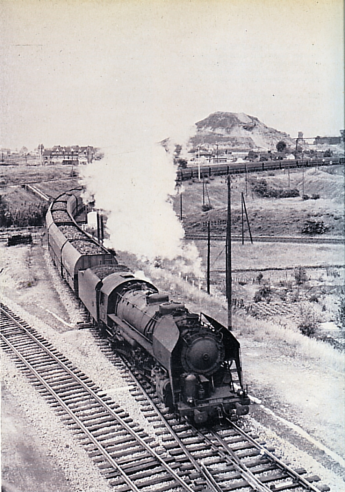
The test bench rarely saw 141-Rs, as this locomotive was designed and manufactured outside France. In this example, refinements may have been made, such as preventing water from vaporising when passing close to the firebox. © IXO Collections SAS - Tous droits réservés. Crédits photo © Collection Trainsconsultant-Lamming
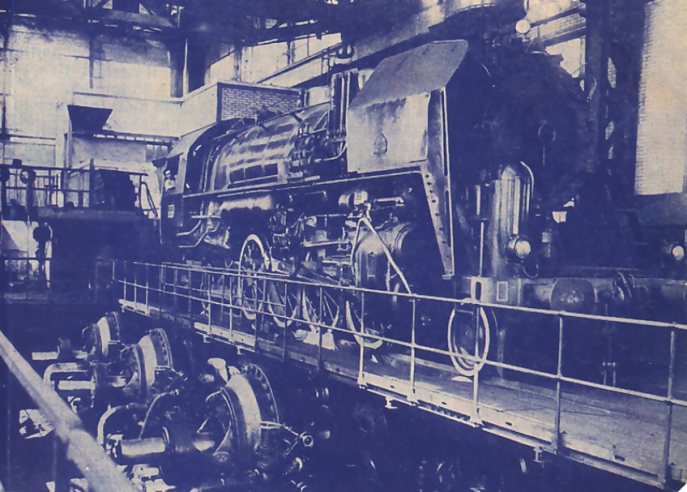
A 141-R pictured at the front of heavy coal trains in the SNCF's Nord region, in Lens in 1955. This locomotive demonstrates the type of service for which it was designed and in which it excelled. © IXO Collections SAS - Tous droits réservés. Crédits photo © Collection Trainsconsultant-Lamming

141-R-1071. It was used in the SNCF's Western region, in particular for the Auray depot. It has a fuel oil heater and a third axle with ‘Boxpok’ wheels. © IXO Collections SAS - Tous droits réservés. Crédits photo © Collection Trainsconsultant-Lamming
‘UNCLE SAM COMES OVER TO FRANCE TO PLAY WITH TRAINS
On 6 April 1917, the United States joined the Allies in the war. In June of the same year, 14,500 men landed in France. The total would rise to 4,000,000 by the end of the war. General Pershing created the Transportation Corps, in collaboration with the French Ministry of Public Works, to operate, maintain and even build the railways.
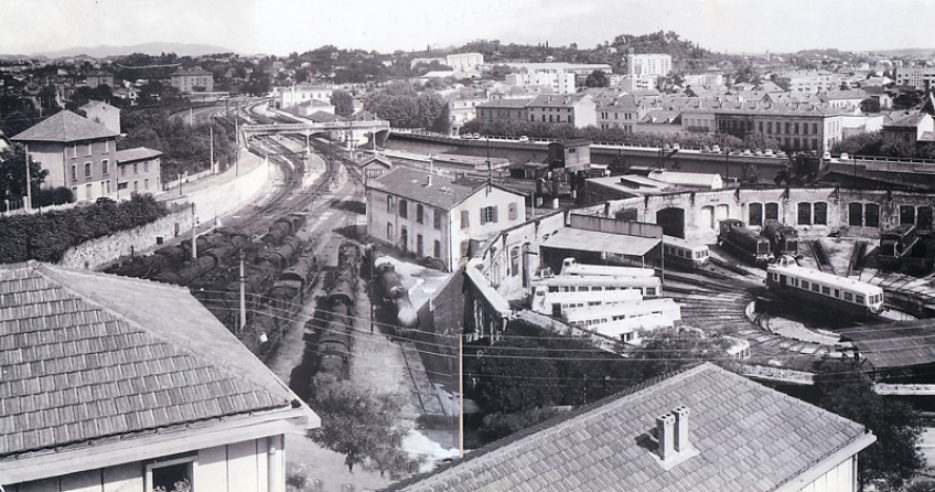
Alès, seen in 1965, a small depot that was happy to have received an ‘R’. The roundhouse lost its ‘hat’ during the war or was dismantled as a precaution... The ‘R’ trains running between Nîmes and La Grand Combe may have stopped here.© IXO Collections SAS - Tous droits réservés. Crédits photo © Collection Trainsconsultant-Lamming
140-G ‘PERSHING’, THE BEAUTIFUL AMERICAN WHO LOVES FRANCE
This group of 2,200 locomotives is, so to speak, the ‘141 R’ of the First World War. Ordered by the American army from the manufacturer Baldwin in 1917 for use during the landings on the French coast. When the SNCF acquired them, they became 140-Gs, and numerically they are the largest series ever used on the French network.
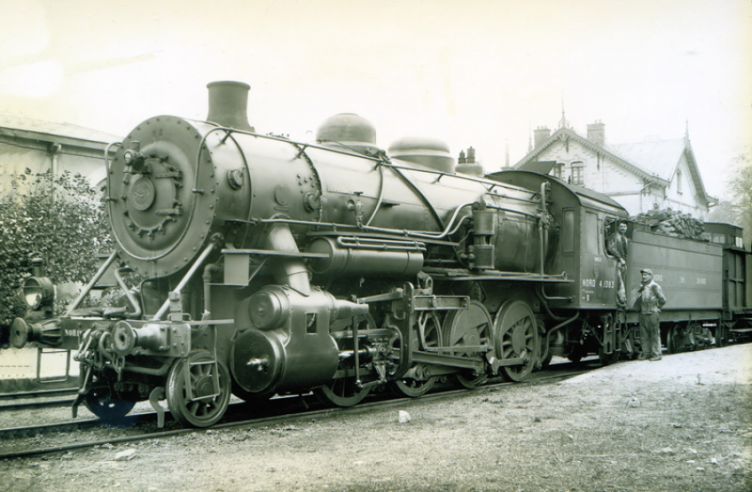
A Pershing locomotive seen on the Northern network in the 1920s. This attractive photograph shows that these locomotives were very neat and tidy, in the tradition of this brilliant network from every point of view. Note the original smoke box door. © IXO Collections SAS - Tous droits réservés. Crédits photo © Collection Trainsconsultant-Lamming
THE AMERICAN EFFORT SAVED THE FRENCH NETWORKS
These 2,200 ‘Pershing’ locomotives were simple and very robust. They were hardly altered and, depending on the network, were fitted with cloverleaf or ‘Kylchap’ exhausts and smokebox doors in accordance with French models. At the time of its creation, the SNCF received 1,408 locomotives: in the Lorraine bassin, for example, coal trains of 1,150 tonnes were hauled at 50 km/h, or 1,650 tonnes at 40 km/h, according to the author Jean Gillot. However, the 140-G did not last beyond the mid-1950s.
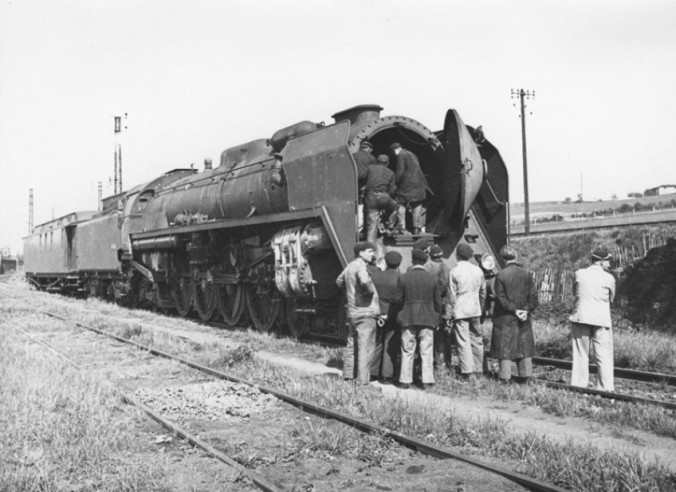
A fine example of testing on the line: photos of this kind are rare, given the problems experienced... The 242-A-1, the SNCF's most powerful locomotive, was the result of the transformation of a ‘Mountain’ made too late by the great engineer André Chapelon. It was 1955 in the West of France. The period of steam traction was already over. © IXO Collections SAS - Tous droits réservés. Crédits photo © Collection Trainsconsultant-Lamming
Recent articles
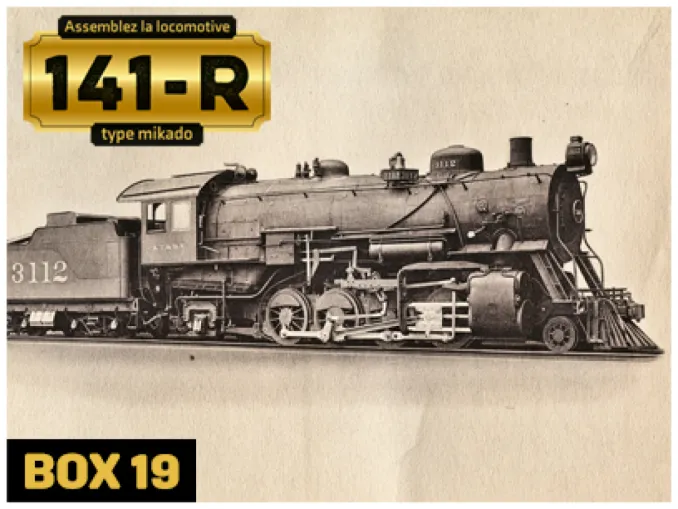
11/06/2025
THE 141-R: LOCOMOTIVE IN TWO “BATCHES”
On 5 October 1944, the first French mission went to the USA and received propositions from the American manufacturers, (...)
Read more
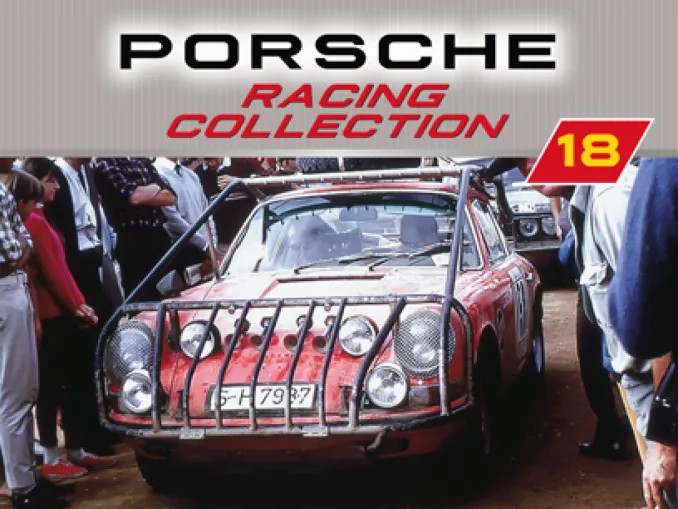
10/06/2025
Porsche 911 S - 1968
ASSIGNED TO ZASADA FROM POLAND, THE 911 COMPETING IN THE FIRST LONDON-SIDNEY RALLY PROMISES TO BE A FUTURE TRIUMPH
Read more

10/06/2025
PORSCHE 917/20 «THE PINK PIG»
THE ‘PINK PIG’ IS PERHAPS THE MOST AERODYNAMICALLY ADVANCED VERSION OF THE 917. AND YET IT COMPETED IN ONLY ONE RACE: LE MANS IN 1971.
Read more


 English
English français
français Deutsch
Deutsch español
español italiano
italiano português
português



